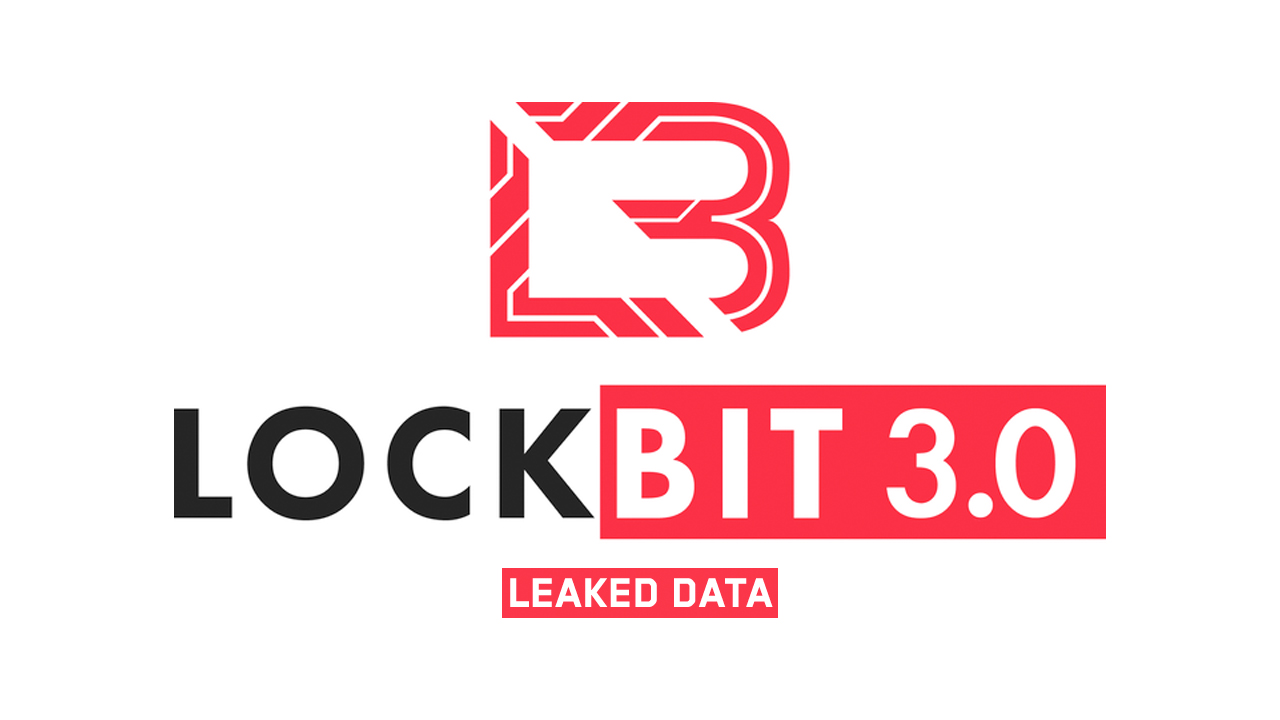Hackers turn IoT devices into massive botnet with Lizard Squad code
LizardStresser code fuels DDoS attacks on banks and gaming firms


Hackers are turning Internet of Things (IoT) devices into DDoS botnets that take down banks, gaming firms and government agencies.
Cyber criminals are adapting the open source code LizardStresser, written by Lizard Squad, to enlist connected devices that can carry out their attacks, security researchers believe.
Lizard Squad was effectively disbanded in 2015 following the conviction of several members after attacks on popular networks and sites like PlayStation Network, Xbox Live and the servers for MMO game Destiny during 2014.
The number of botnets based on LizardStresser has been steadily growing recently, hitting the 100 unique command-and-control (C2) server milestone in June 2016, with a number of them specifically targeting IoT devices, according to research by Arbor Networks, the security division of Netscout.
In a blog post, Matthew Bing, a research analyst at Arbor Networks, said: "LizardStresser is becoming the botnet-du-jour for IoT devices given how easy it is for threat actors to make minor tweaks to telnet scanning. With minimal reseach into IoT device default passwords, they are able to enlist an exclusive group of victims into their botnets."
He added: "Utilising the cumulative bandwidth available to these IoT devices, one group of threat actors has been able to launch attacks as large as 400Gbps targeting gaming sites world-wide, Brazilian financial institutions, ISPs, and government institutions."
The problem of the "smart dumb devices" used in the IoT is well known - these endpoints come with little security protection, run on a familiar operating system (Linux), often have no bandwidth restrictions or filtering when connected to the internet, and have default passwords that are often not changed by the owners and are shared across multiple different devices.
Get the ITPro daily newsletter
Sign up today and you will receive a free copy of our Future Focus 2025 report - the leading guidance on AI, cybersecurity and other IT challenges as per 700+ senior executives
As Bing pointed out, this makes them "ideal DDoS bots".
The re-use of default passwords across device classes is particularly attractive to threat actors. "Simply recompiling LizardStresser code to use these well-known, but under-utilised (by attackers at least) default passwords opens up an entire new group of potential victims," he said.
Arbor Networks has been tracking two LizardStresser C2s that have been used to attack several targets in Brazil, including two large banks and two government agencies, as well as three large gaming firms based in the USA.
The organisation was able to track one attack, discovering that the overwhelming majority of the attack sources - i.e. the bots in the botnet - came from Vietnam, followed by Brazil, and then endpoints randomly scattered across the world.
What united 90 per cent of the bots, though, was that they were linked to NETSurveillance WEB, which, according to Bing, "appears to be generic code used by a variety of Internet-accessible webcams".
"A default password for the root user is available online, and telnet is enabled by default. We believe the threat actors customised the LizardStresser brute-force code to use this published, but under-utilised default password for IoT devices based on the NETSurveillance code," Bing said.

Jane McCallion is Managing Editor of ITPro and ChannelPro, specializing in data centers, enterprise IT infrastructure, and cybersecurity. Before becoming Managing Editor, she held the role of Deputy Editor and, prior to that, Features Editor, managing a pool of freelance and internal writers, while continuing to specialize in enterprise IT infrastructure, and business strategy.
Prior to joining ITPro, Jane was a freelance business journalist writing as both Jane McCallion and Jane Bordenave for titles such as European CEO, World Finance, and Business Excellence Magazine.
-
 Cleo attack victim list grows as Hertz confirms customer data stolen
Cleo attack victim list grows as Hertz confirms customer data stolenNews Hertz has confirmed it suffered a data breach as a result of the Cleo zero-day vulnerability in late 2024, with the car rental giant warning that customer data was stolen.
By Ross Kelly
-
 Lateral moves in tech: Why leaders should support employee mobility
Lateral moves in tech: Why leaders should support employee mobilityIn-depth Encouraging staff to switch roles can have long-term benefits for skills in the tech sector
By Keri Allan
-
 UK crime fighters wrangle “several thousand” potential cyber criminals in DDoS-for-hire honeypot
UK crime fighters wrangle “several thousand” potential cyber criminals in DDoS-for-hire honeypotNews The sting follows a recent crackdown on DDoS-for-hire services globally
By Ross Kelly
-
 US begins seizure of 48 DDoS-for-hire services following global investigation
US begins seizure of 48 DDoS-for-hire services following global investigationNews Six people have been arrested who allegedly oversaw computer attacks launched using booters
By Zach Marzouk
-
 Will triple extortion ransomware truly take off?
Will triple extortion ransomware truly take off?In-depth Operators are now launching attacks with three extortion layers, but there are limitations to this model
By Connor Jones
-
 GoDaddy web hosting review
GoDaddy web hosting reviewReviews GoDaddy web hosting is backed by competitive prices and a beginner-friendly dashboard, and while popular, beware of hidden prices
By Daniel Blechynden
-
 Japan investigates potential Russian Killnet cyber attacks
Japan investigates potential Russian Killnet cyber attacksNews The hacker group has said it’s revolting against the country’s militarism and that it’s “kicking the samurai”
By Zach Marzouk
-
 LockBit hacking group to be 'more aggressive' after falling victim to large-scale DDoS attack
LockBit hacking group to be 'more aggressive' after falling victim to large-scale DDoS attackNews The ransomware group is currently embroiled in a battle after it leaked data belonging to cyber security company Entrust
By Connor Jones
-
 Record for the largest ever HTTPS DDoS attack smashed once again
Record for the largest ever HTTPS DDoS attack smashed once againNews The DDoS attack lasted 69 minutes and surpassed the previous record of 26 million RPS
By Praharsha Anand
-
 Cloudflare unveils new One Partner Program with zero trust at its core
Cloudflare unveils new One Partner Program with zero trust at its coreNews Cloudflare CEO Matthew Prince says the initiative aims to take the complexity out of zero trust architecture
By Daniel Todd